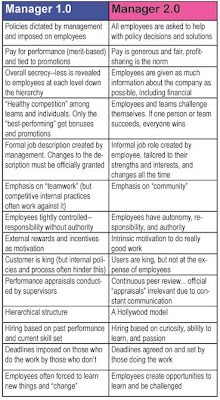 Yes, its mid-year again and time to do semi-annual performance reviews. While this can be one of the most important exercises done between employees and managers, it is also a time a great stress and dread.
Yes, its mid-year again and time to do semi-annual performance reviews. While this can be one of the most important exercises done between employees and managers, it is also a time a great stress and dread.Nobody likes to be told they aren't doing a good job, and nobody likes to be the bearer of bad news. To help make the review process worthwhile, there shouldn't be any surprises. Regular feedback between employees and their management allow for corrections as well as congratulations. Regular feedback also reduces the impending doom many employees feel.
The mid-year performance review should be a time to review the overall goals, as well as the objectives that were to be completed by mid-year. This is also a time for employees and managers to make adjustments to rest of the year goals. Additionally, this is a good time for employees to begin planting the seeds for next years goals.
Finally, this is a great time for managers to highlight and encourage employee development. Managers should look for measurable, achievable goals, and find ways to improve employee skills. Employees should also drive development goals and express interest in new skills or opportunities.
Do you have your facts together? Have you written down your successes and misses? Are their any changes you want to make. These are the questions managers and employees should ask before their reviews. Reviews are a great time to learn about yourself and chart the path to a successful rest of the year!











